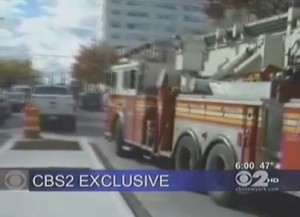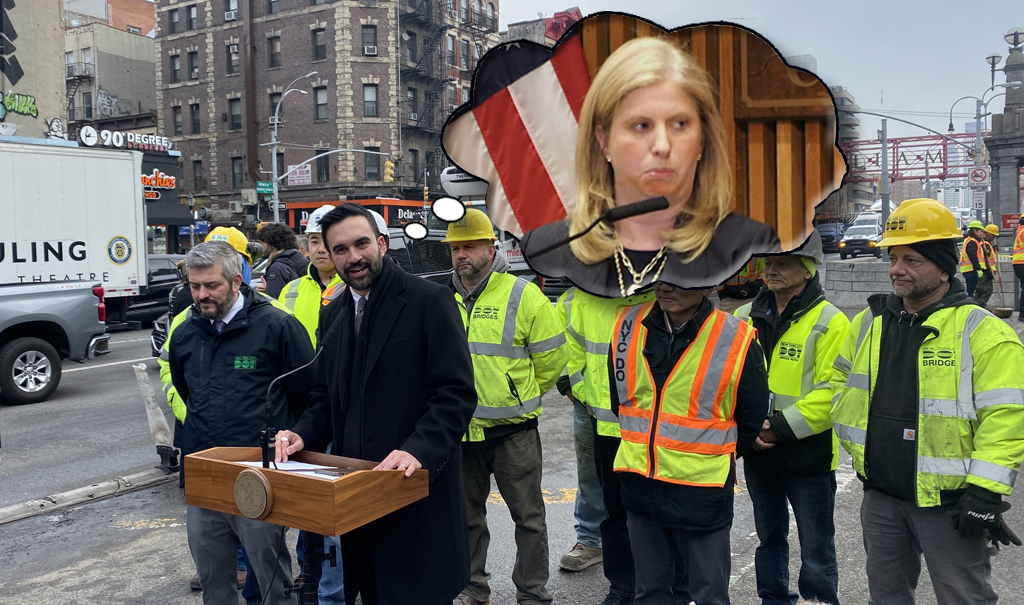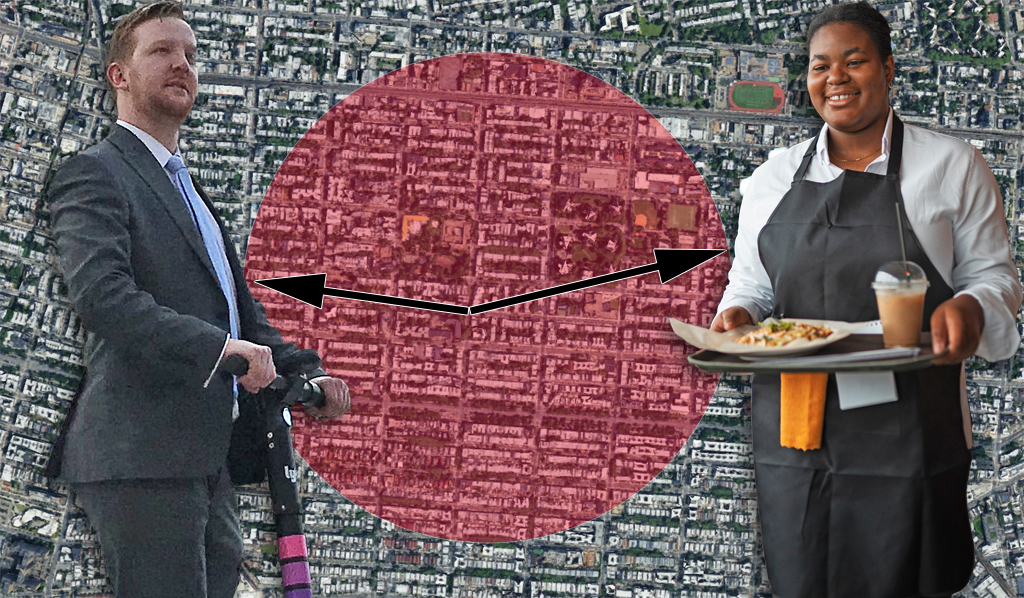A go-to NIMBY argument against safe street improvements is that bike lanes, pedestrian plazas, and ped refuge islands interfere with emergency responders.

In 2009, one complainer at an event sponsored by then-Council Member Alan Gerson claimed that pedestrian islands on Grand Street "put lives in danger" by slowing down fire trucks and ambulances. Opponents of the Prospect Park West bike lane lobbed the same accusation at DOT and got Marcia Kramer to give them a megaphone. Assembly Member Dov Hikind spearheaded a successful campaign to make Fort Hamilton Parkway more dangerous for seniors based on nothing more than specious complaints from Hatzolah ambulance drivers, again amplified by Kramer.
A data set released by the city Wednesday blows another hole in what has always been a weak and cynical criticism. At an event on Randall's Island yesterday, Mayor Bloomberg and Fire Commissioner Salvatore Cassano announced that in 2012, FDNY achieved the fastest average EMS response time in the city's history. Fewer civilians died in fires last year than ever before, which the mayor and fire chief attributed to another near-record low average response time. From a City Hall press release:
The FDNY’s Emergency Medical Service averaged an ambulance response time for life-threatening medical emergencies of 6:30 -- a second faster than the previous record of 6:31 set in 2011.
Structural fire response time in 2012 was 4:04, two seconds higher than last year when it was 4:02 due in part to the large call volume that occurred during and after Hurricane Sandy when the FDNY responded to nearly 100 serious structural fires.
Compared to the total amount of street space in the city, the square footage dedicated to pedestrians and cyclists in recent years is actually quite small. But there are still hundreds of places with new sidewalk extensions, pedestrian islands, and bike lanes, and at the very least the FDNY numbers suggest that new measures designed to make streets safer for walking and biking are not having the detrimental effect prophesied by the likes of Dov Hikind, NBBL, Marty Markowitz, and Marcia Kramer.





